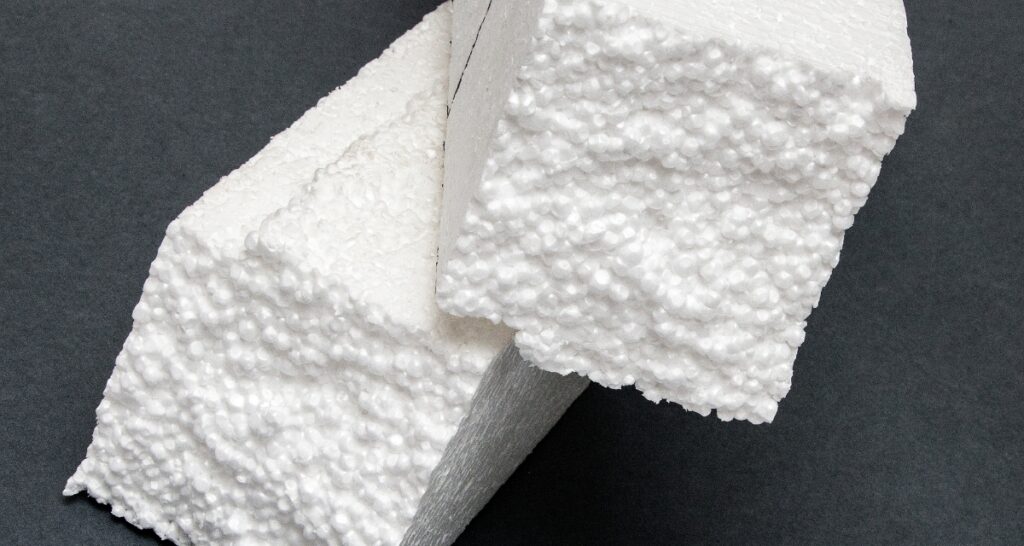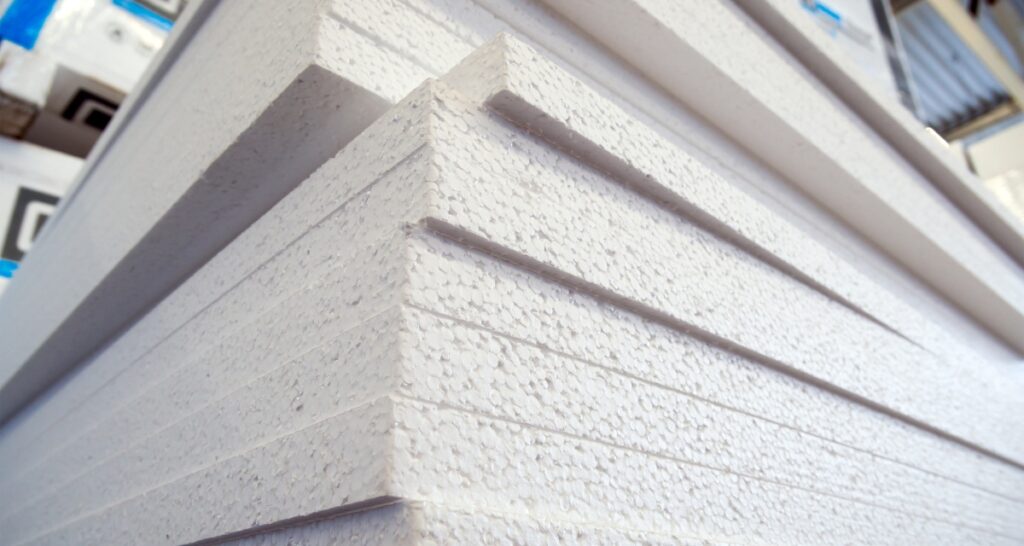If you’ve walked through any Nigerian construction site recently, you might have noticed something different—workers handling lightweight panels that look almost too simple to be revolutionary. That material is polystyrene, and it’s quietly transforming how we build in Nigeria. Let’s explore why polystyrene is becoming the go-to material for smart builders across the country.
Keeping Cool in the Heat
Nigeria’s climate demands buildings that can stand up to intense heat, and polystyrene delivers in ways traditional materials simply can’t. The insulation properties of polystyrene create a thermal barrier that keeps interiors cool without guzzling energy. In a country where electricity supply remains inconsistent, this isn’t just a comfort feature—it’s a game-changer.
Imagine a school in Abuja where classrooms stay comfortably cool despite the scorching afternoon sun. That’s polystyrene at work. Studies show buildings with polystyrene insulation can reduce energy consumption by up to 30%, translating to real savings for homeowners and businesses alike. And let’s be honest, anything that cuts down on generator fuel usage deserves our attention.
Lighter Than Air
One of polystyrene’s most remarkable features is its featherweight nature. These panels are so light they can be handled by a single worker without breaking a sweat. This isn’t just about convenience—it fundamentally changes construction economics.
Transporting building materials across Nigeria’s often-challenging roads is expensive and time-consuming. Polystyrene’s lightweight design drastically reduces transportation costs compared to traditional sandcrete blocks. Plus, lighter structures mean reduced foundation requirements, cutting excavation costs and saving time on preparation.
The Cost Equation
When developers in Lagos started using polystyrene, they weren’t just chasing trends—they were chasing value. The initial cost of polystyrene might seem higher than conventional materials, but the long-term savings tell a different story.
Installation is faster, requiring fewer workers and less time. Maintenance costs plummet too, as polystyrene resists moisture, mold, and pests that plague traditional buildings. For affordable housing projects, this cost-effectiveness is particularly powerful. A study comparing polystyrene to sandcrete blocks found polystyrene buildings were 20% more economical over their lifespan.
Building Homes That Last
In residential construction, polystyrene is finding its way into walls, roofs, and insulation systems. The material’s noise-reducing properties make it a hit with homeowners seeking peace in busy neighborhoods. Imagine living in a house where street noise fades away thanks to polystyrene’s sound-absorbing qualities.
Developers like XYZ Housing Solutions have completed entire estates using polystyrene panels, reducing construction time by nearly 40%. Homeowners in these estates report lower utility bills and greater comfort, making polystyrene homes more attractive in the resale market.
Commercial Spaces That Work Smarter
The commercial sector is equally impressed. Office buildings with polystyrene insulation maintain comfortable temperatures year-round, reducing the need for constant air conditioning. Malls constructed with polystyrene panels experience fewer structural issues and faster construction timelines.
Take the new Tech Hub in Yaba, where polystyrene walls create flexible workspace that can be reconfigured without major renovations. The material’s durability means these spaces remain functional longer with minimal upkeep.
Environmental Considerations
Polystyrene’s environmental profile is improving rapidly. Modern manufacturing processes have reduced its carbon footprint, and recycling programs are gaining traction. When compared to traditional materials requiring constant maintenance and replacement, polystyrene’s longevity makes it environmentally competitive.
The Nigerian Green Building Council has begun recognizing polystyrene projects that incorporate sustainable practices throughout their lifecycle. As regulations tighten, polystyrene’s role in meeting environmental standards will only grow.
What Builders Need to Know
No material is without its limitations. Polystyrene requires proper installation to maximize its benefits, and fire safety precautions must be observed. However, these challenges are manageable with proper training and adherence to building codes.
The construction industry’s learning curve is shortening as more professionals gain experience with polystyrene techniques. Local manufacturing is also expanding, reducing dependence on imports and stabilizing prices.
The Future of Nigerian Construction
Polystyrene isn’t just a material—it’s a movement. As Nigeria continues its urban transformation, materials that offer speed, efficiency, and sustainability will define our built environment. Polystyrene represents a practical solution to immediate challenges while laying groundwork for a more resilient construction sector.



